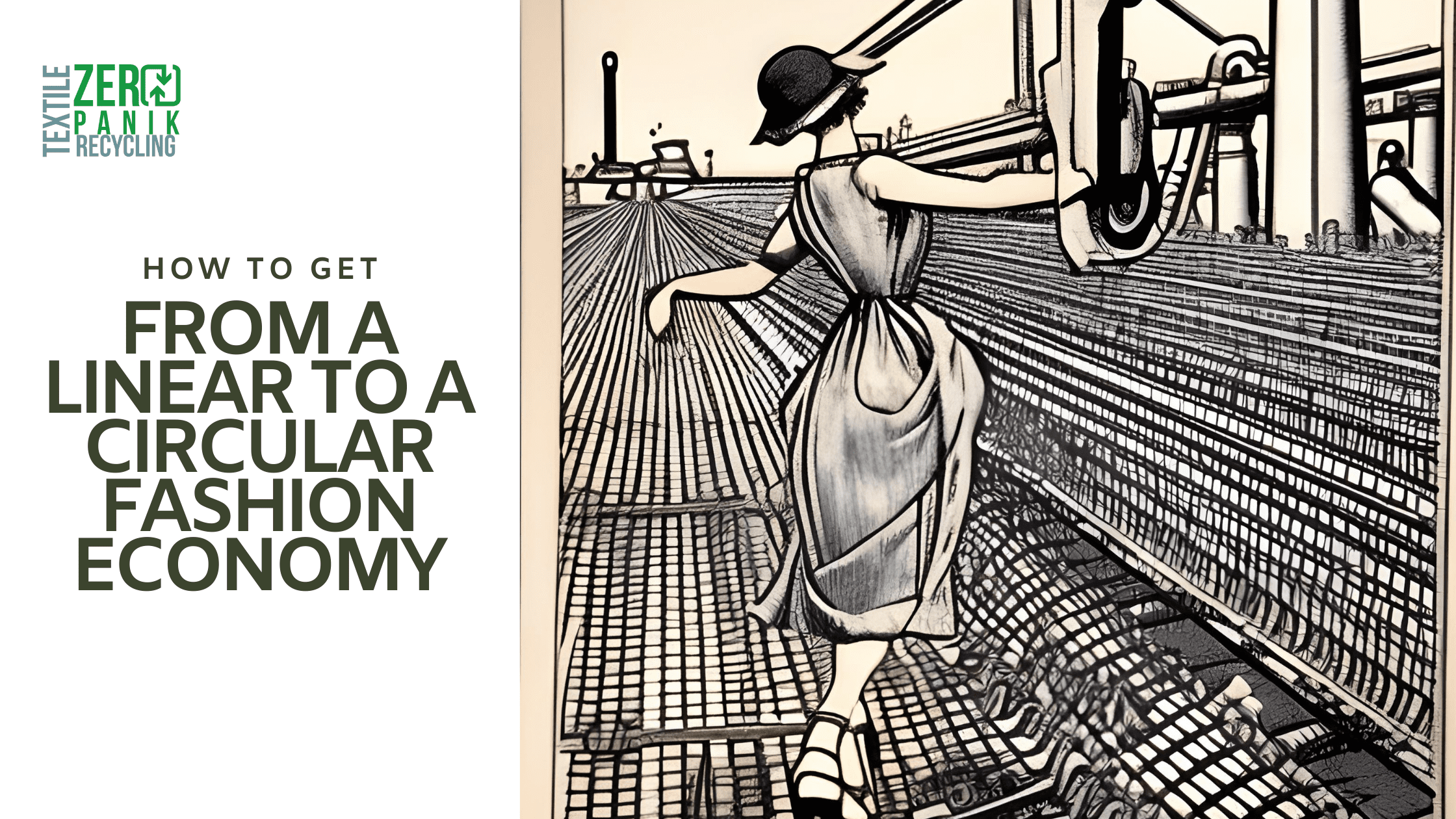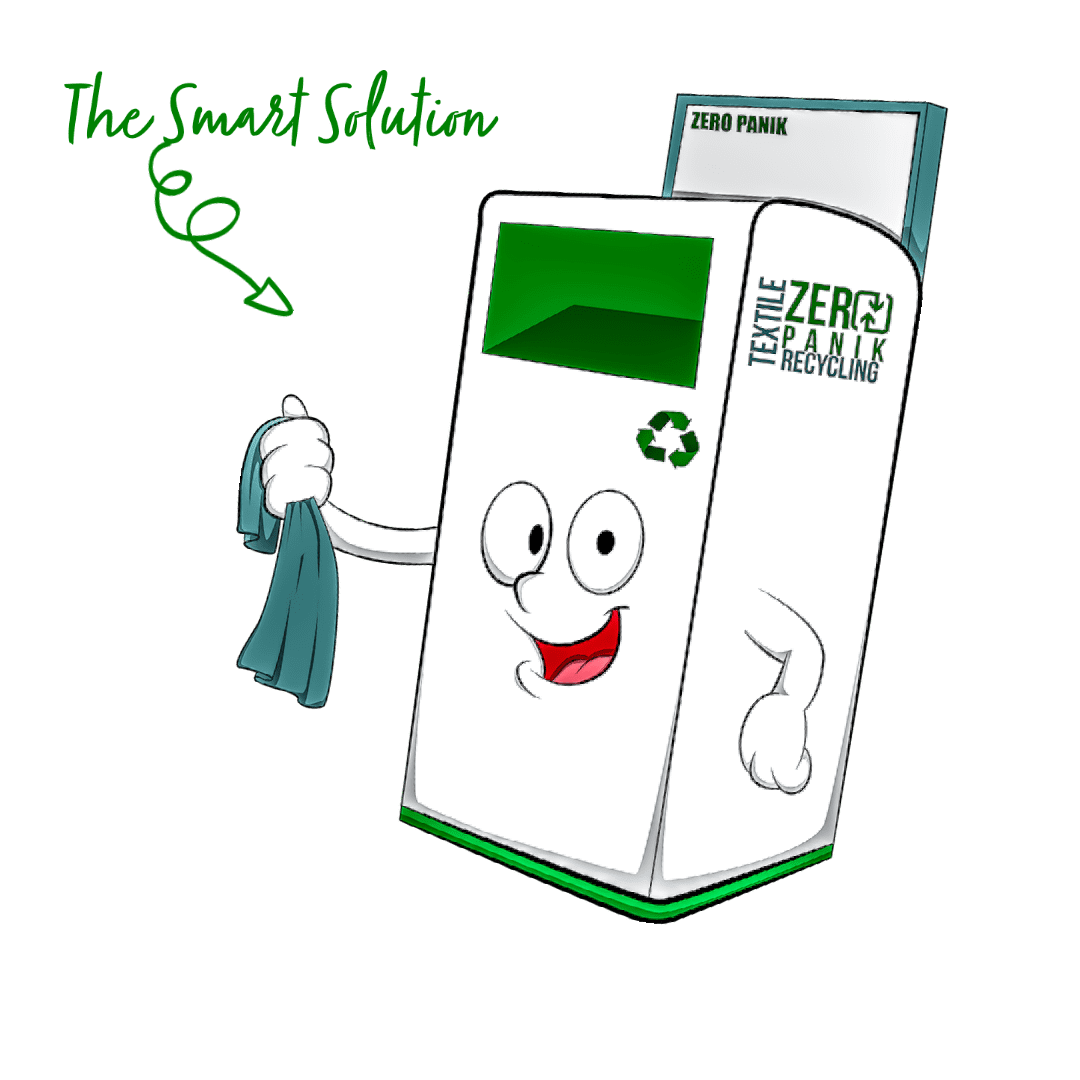
Introduction
A decade ago, the term “sustainability” was mostly associated with the environmental movement. But today, it’s become mainstream, with a growing number of businesses, nonprofits, and individuals alike committed to making positive change.
The fashion industry is no exception. In recent years, there has been a shift from the traditional linear model of “take, make, dispose of” to a more circular model that emphasizes collaboration, transparency, and the involvement of consumers.
There are many reasons for this shift, including the increasing awareness of the environmental and social impacts of the fashion industry. But perhaps the most important reason is that the circular model simply makes more sense from a business perspective.
In this article, we’ll explore the concept of the circular fashion economy and how it differs from the traditional linear model. We’ll also discuss the benefits of the circular model and some of the challenges that need to be addressed to make it a reality.
What is a circular fashion economy?
First, let’s define what we mean by the circular fashion economy. This is a model that is based on the principles of circularity and sustainability, where waste is minimized and resources are kept in use for as long as possible. The circular fashion economy is a closed-loop system where materials are recycled, reused, or repurposed to create new products. In contrast, the traditional linear model is a “take, make, dispose of” approach where resources are extracted, products are made and then disposed of at the end of their lifecycle. This model is unsustainable and creates significant environmental and social problems, including greenhouse gas emissions, pollution, and worker exploitation.
The benefits of a circular fashion economy
The benefits of the circular fashion economy are many. First and foremost, it reduces the amount of waste that ends up in landfills or pollutes the environment. It also creates new business opportunities, such as the recycling or repurposing of materials, and encourages innovation in design and production processes. Additionally, a circular fashion economy can help reduce the carbon footprint of the fashion industry and mitigate the negative impacts on workers and communities in the supply chain.
How to get from a linear to a circular fashion economy
Despite the benefits, some challenges need to be addressed to make the circular fashion economy a reality. One of the biggest challenges is changing consumer behavior and encouraging them to buy products with a longer lifespan or to make use of second-hand items. The fashion industry must also adopt new business models, such as rental or resale, to keep resources in use for longer periods. And finally, there needs to be greater collaboration and transparency across the supply chain to ensure that materials are responsibly sourced and products are made under fair and safe conditions.
The Role of Government in a circular fashion economy
There is a growing movement towards a circular economy, in which resources are used and reused instead of being wasted. This is a more sustainable model for the economy, and it has the potential to create new jobs and growth. The role of government is vital in this transition, as it can provide the framework and support that businesses need to make the shift.
Government can also play a role in driving consumer demand for circular products and services. By raising awareness of the benefits of the circular economy, and incentivizing businesses to adopt circular practices, the government can help create a more sustainable and prosperous future for us all.
Here are some specific ways in which government can support the transition to the circular economy:
- Regulation: Governments can create regulations and standards that require businesses to take a circular approach. For example, they can impose waste reduction targets, ban certain types of single-use plastics, or introduce product design guidelines that prioritize recyclability and durability.
- Incentives: Governments can offer financial incentives for businesses to adopt circular practices, such as tax breaks for companies that use recycled materials. They can also offer grants or low-interest loans for businesses to invest in circular technologies and infrastructure.
- Collaboration: Government can facilitate collaboration between businesses, researchers, and other stakeholders to identify and address barriers to a circular economy. This can include setting up working groups or task forces, hosting stakeholder meetings, and funding research into circular solutions.
- Education and awareness: Governments can educate citizens about the benefits of the circular economy, and encourage consumers to make more sustainable choices. This can include public campaigns, educational programs in schools, and partnerships with NGOs and other organizations.
- Procurement: Government can use its purchasing power to create demand for circular products and services. For example, they can require that their suppliers use recycled materials or implement circular business models, or offer preferential treatment to circular businesses in procurement processes.
Overall, the role of government in the transition to the circular economy is to create an enabling environment that supports businesses and consumers to adopt more sustainable practices. By working together, we can create a circular economy that is both environmentally sustainable and economically prosperous.
The Role of Consumers in a circular fashion economy
As consumers, we have a major role to play in making the transition to a circular economy. We need to be more mindful of the products we buy and the way we use them. We also need to support businesses that are working to move to a circular model.
By making these simple changes in our own lives, we can contribute to a more sustainable future:
- Reduce consumption – One of the most significant ways we can contribute to a circular economy is by reducing our overall consumption. We should think carefully before making purchases and only buy things that we need or will use regularly.
- Buy second-hand – Where possible, we can buy second-hand products instead of new ones. This not only prevents things from going to landfill but also saves valuable resources and energy required to produce new products.
- Repair and reuse – We should repair and reuse things instead of throwing them out. This not only saves money but also reduces waste and encourages the development of repair and reuse industries.
- Recycle correctly – We should make sure that we recycle correctly and follow local guidelines. This helps to ensure that we get the most out of the materials used in products and prevent them from going to landfill.
- Support circular businesses – We should support businesses that are committed to a circular economy model. This includes those that use sustainable materials, have recycling programs, or offer repair and repurposing services.
Remember, we all have a responsibility to contribute to a more sustainable future. By making these simple changes in our consumer behavior, we can help to accelerate the transition to a circular economy and preserve our planet’s resources for future generations.
The Role of Businesses in a circular fashion economy
As the world progresses, how we conduct business must also change. The traditional model of “take, make, waste” is no longer sustainable and is causing immense damage to our planet. To protect our environment and our resources, we must adopt a new model of business that focuses on circularity.
In a circular economy, businesses aim to keep resources in use for as long as possible and to extract the maximum value from them before they are ultimately disposed of. This model is in contrast to the traditional linear model, which is based on a “take, make, waste” approach.
There are many benefits to adopting a circular economy, both for businesses and for the environment. A circular economy can help businesses to reduce waste, save money, and create new opportunities. It can also help to protect our planet by reducing the need for new resource extraction, minimizing greenhouse gas emissions, and decreasing pollution.
By reusing and recycling materials, a circular economy can reduce the strain on natural resources, diminish the amount of waste sent to landfills and incinerators, and decrease the environmental impact of production processes. This approach can also encourage innovation and new business models that create more sustainable products and services.
In addition to environmental benefits, a circular economy can also create economic opportunities, such as the development of new markets for recycled materials and the creation of jobs in the recycling and repair sectors. Furthermore, a circular economy can increase the resilience of businesses by reducing their dependence on finite resources and reducing the risk of price volatility in commodity markets.
Overall, the circular economy model offers a sustainable and long-term approach to business that provides both economic and environmental benefits. It presents an opportunity for businesses to reduce their environmental impact while also creating economic growth and prosperity.
To wrap things up
In conclusion, the circular fashion economy represents a major shift in the way the fashion industry operates. It is a model that prioritizes sustainability, collaboration, and transparency and has the potential to create significant environmental and social benefits. However, the transition to a circular model requires overcoming substantial challenges, including changing consumer behavior and rethinking traditional business models. The future of fashion will depend on our ability to embrace the circular economy and design products that are not only beautiful but also sustainable and responsible.
